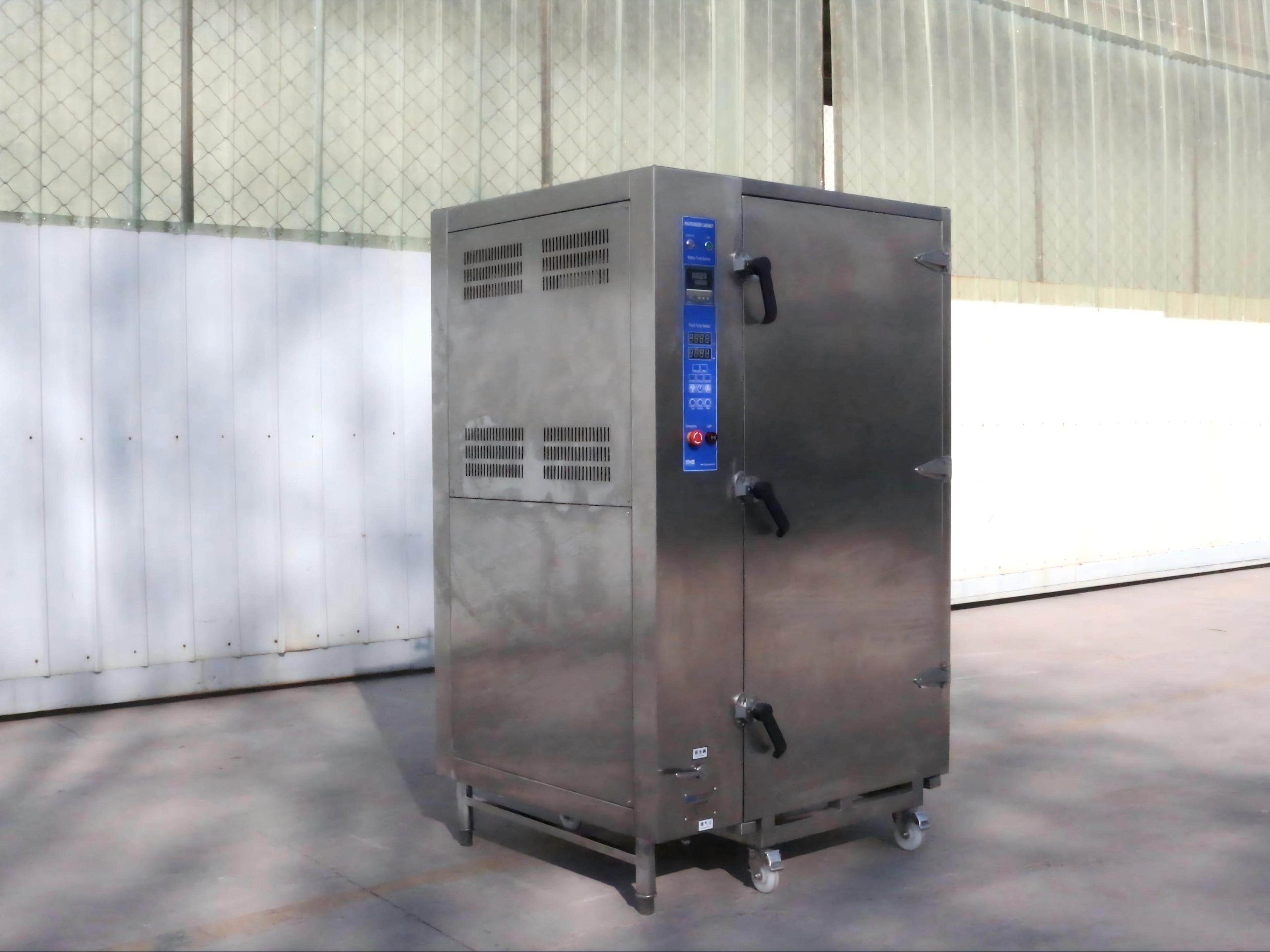”
What is a Beer Heat Exchanger?
A beer heat exchanger is a crucial piece of equipment in the brewing process that helps maintain temperature control during beer production. This device transfers heat from hot beer to cold beer or vice versa, depending on the brewing stage. This temperature regulation is vital for various fermentation and conditioning stages, ensuring quality and flavor profiles are maintained.
Types of Beer Heat Exchangers
There are primarily two types of beer heat exchangers used in brewing: plate heat exchangers and shell-and-tube heat exchangers. Plate heat exchangers are compact, efficient, and consist of multiple plates that increase the surface area for heat transfer. Shell-and-tube heat exchangers, on the other hand, are more robust and can handle higher volumes, making them suitable for larger breweries.
Each type comes with distinct advantages and disadvantages. When choosing a heat exchanger, it’s important to consider the scale of your brewing operation and thermal efficiency requirements. Additionally, SKE offers a range of heat exchangers tailored for both small craft breweries and large-scale commercial operations. You can learn more about our selection here.
Benefits of Using Heat Exchangers in Brewing
The primary benefit of using a beer heat exchanger is the efficiency it brings to the brewing process. By ensuring precise temperature control, brewers can achieve consistent brewing results and enhance the overall quality of the beer. Furthermore, heat exchangers reduce energy costs by recapturing heat from previous processes and reusing it, leading to a more sustainable brewing operation.
Moreover, the quick heat transfer provided by these systems allows for quicker brewing cycles. When integrated with SKE’s advanced brewing technologies, brewers can optimize their setups, ensuring both quality and efficiency. For an in-depth look at sustainable brewing practices, check out our article here.
Key Components of a Beer Heat Exchanger
A typical beer heat exchanger contains several components that work together to effectively transfer heat. Key components include the heat exchange surface, which is designed to maximize contact between the hot and cold fluids, and insulation, which minimizes heat loss. Additionally, flow control systems help manage the fluid movement through the exchanger, ensuring optimal performance and efficiency.
Choosing the right components is vital for creating a system that meets your brewing needs. Each component’s material also influences the flavor and quality of the beer, making it essential to select high-quality materials. SKE offers customizable options to ensure that all components of your setup align perfectly with your brewing process. For more on brewing technology, visit our technical resources here.
How SKE Can Improve Your Brewing Process
At SKE, we are dedicated to providing high-quality brewing equipment that enhances efficiency within your brewing operation. Our beer heat exchangers are designed with advanced technology, ensuring you benefit from maximum efficiency and ease of use. Whether you’re a small craft brewery or a large producer, SKE has a solution that caters to your specific brewing needs.
By integrating our equipment into your brewing process, you can not only achieve superior beer quality but also benefit from significant energy savings. Our experienced team is here to support you in making the best choices for your brewery. To contact us for further inquiries or assistance, please visit our support section here.
FAQ
What is the primary function of a beer heat exchanger?
The primary function of a beer heat exchanger is to control the temperature of beer during brewing by efficiently transferring heat between hot and cold liquids.
What types of heat exchangers are best for brewing?
Plate heat exchangers and shell-and-tube heat exchangers are the most commonly used in brewing, each offering unique benefits suitable for different brewing scales.
How do heat exchangers save energy in brewing?
Heat exchangers save energy by recapturing heat from hot beer and using it to warm incoming cold beer, reducing the need for additional heating resources.
Contact Us
If you’re interested in learning more about our products or how we can assist your brewing operations, please reach out to us:
Facebook: Follow us on Facebook
Email: info@skeequipment.com
We invite you to fill out the contact form below for further assistance.
“

